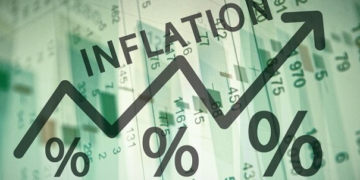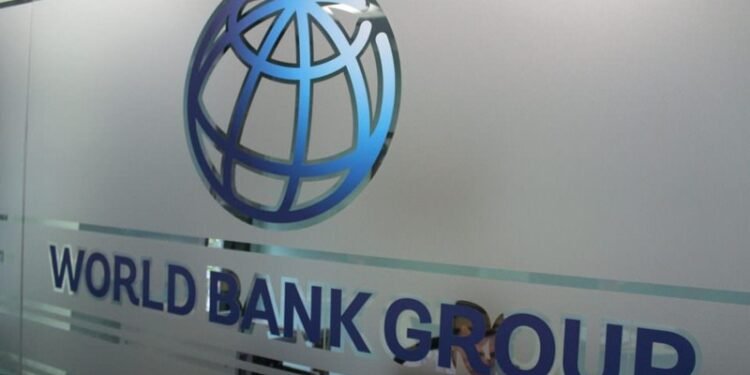(Greenwich Merchant Bank): The World Bank (WB) in its Global Economic Prospects report released on the 5th of January 2021, projected that global economy in 2021 will grow by 4.0%, after an estimated 4.3% contraction in 2020. This is expected to be accompanied by a moderated 3.8% expansion in 2022. This 2021 forecast remains 5.3% below the pre-pandemic growth levels due to the resurgence in COVID-19 cases, and 2.0% less than the June 2020 forecast.
The considerations for these projections are premised on the ongoing vaccinations and the gradual improvement in consumer confidence and trading activities in some nations.
Notwithstanding, the Washington-based lender acknowledged that the prospect for global economic recovery is uncertain, as there are possible occurrences of certain downside risks arising from the lingering clutch of the COVID-19 pandemic, which may further impair this recovery.
Read: Brent Crude (Oil) price hit $55.00 a barrel, an 11 month high as Saudi Arabia pledge output cut
Some of these risks include the worsening of the pandemic where control measures fail; delays in the procurement and distribution of vaccines; and heightened financial stress, courtesy of the increase in debt levels among Emerging and Developing Economies (EMDEs).
Consequently, it projected that in such circumstances, global growth would be subdued and will grow at 1.6% in 2021, and 2.5% in 2022, noting that in more severe circumstances, global growth may print negative.
With respect to Advanced Economies, their growth prospects from the estimated shrinkage of 5.4% in 2020, is 3.3% and 3.5% in 2021 and 2022, respectively. This recovery is on the basis of the effective control of the pandemic supported by widespread vaccinations and the sustained monetary policy accommodations.
Read: Tesla stock will collapse like the housing bubble – ‘Big Short’ investor Michael Burry predicts
In the U.S., GDP is projected to grow by 3.5% in 2021, from the estimated 3.6% dip in 2020, and 3.3% in 2022. Also, the Eurozone is expected to rise from the estimated 5.3% plunge in 2020 to 3.6% and 4.0% in 2021 and 2022 accordingly.
In the EMDEs, recovery is expected to be uneven with China being an outlier having a strong rebound, while due to the overreaching effects of the pandemic on investments and consumption, a softer than expected growth is anticipated in other economies.
This unevenness arises from the dip in the per capita incomes of more than 90% EMDEs and the increasing poverty levels, as a result of the pandemic. Thus, from the estimated decline of 2.6%, EMDEs’ growth is forecasted to firm up to 5.0% in 2021 followed by a 4.2% expansion in 2022.
Read: WhatsApp’s New Policy: Signal and Telegram demand spike as WhatsApp download falls
However, with the exclusion of China, the EMDEs are expected to post a muffled growth of 3.4% and 3.6% in 2021 and 2022, respectively. China’s GDP on the other hand is projected to grow from the estimated 2.0% in 2020 to 7.9% in 2021 and 5.2% in 2022.
With the ongoing COVID-19 vaccines rollout which is simultaneously taking place in more than 20 countries and plans for other countries to commence same, we anticipate an upbeat in global economic recovery particularly as the Central Banks are implementing accommodative monetary and fiscal policies.
Nevertheless, as stringent lockdown measures are implemented across nations due to the resurgence in COVID-19 cases and its new variant which is about 70% more transmittable, it is a no-brainer that this pandemic will leave a lasting impact on the global economy.
As such, we anticipate that global growth may be less-than-expected if adequate measures, particularly those relating to sustainable health (increased widespread procurement and effective deployment of vaccines), fiscal and monetary measures are not effectively implemented by policymakers. Accordingly, the need for economies to build structures that would guarantee a sturdier post-COVID-19 economy across nations is pivotal to global growth in these uncertain times.
























































